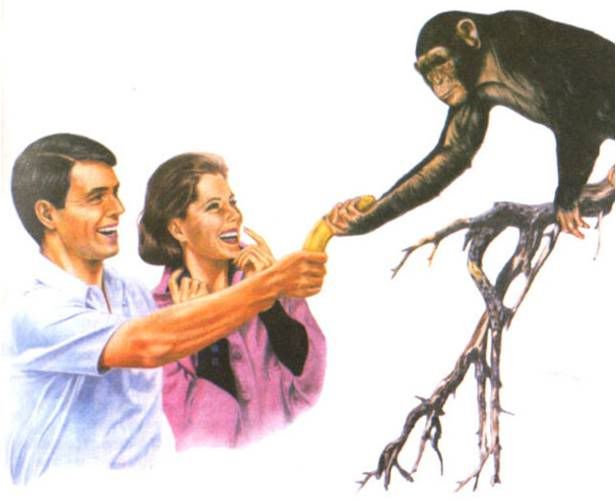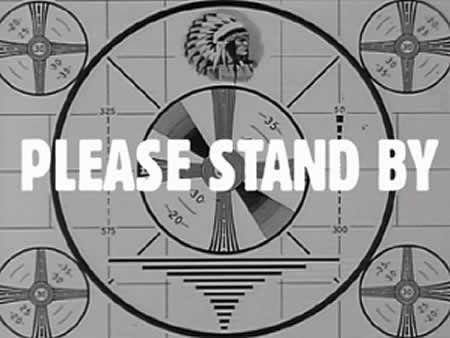James Randi on Assumptions:
Apollo Robbins:
Teller:
More from James Randi:
Johnny Thompson:
Mac King:


Semi-daily news and gossip on the worlds of magic and psychology brought to you from Magic Tony's secret lair in ASU's Memory & Language Lab.

Magic Tony's Grand Delusions. Powered by Blogger - BlackSplat design by SamK.
Converted to Blogger by Girly Blogger:)
